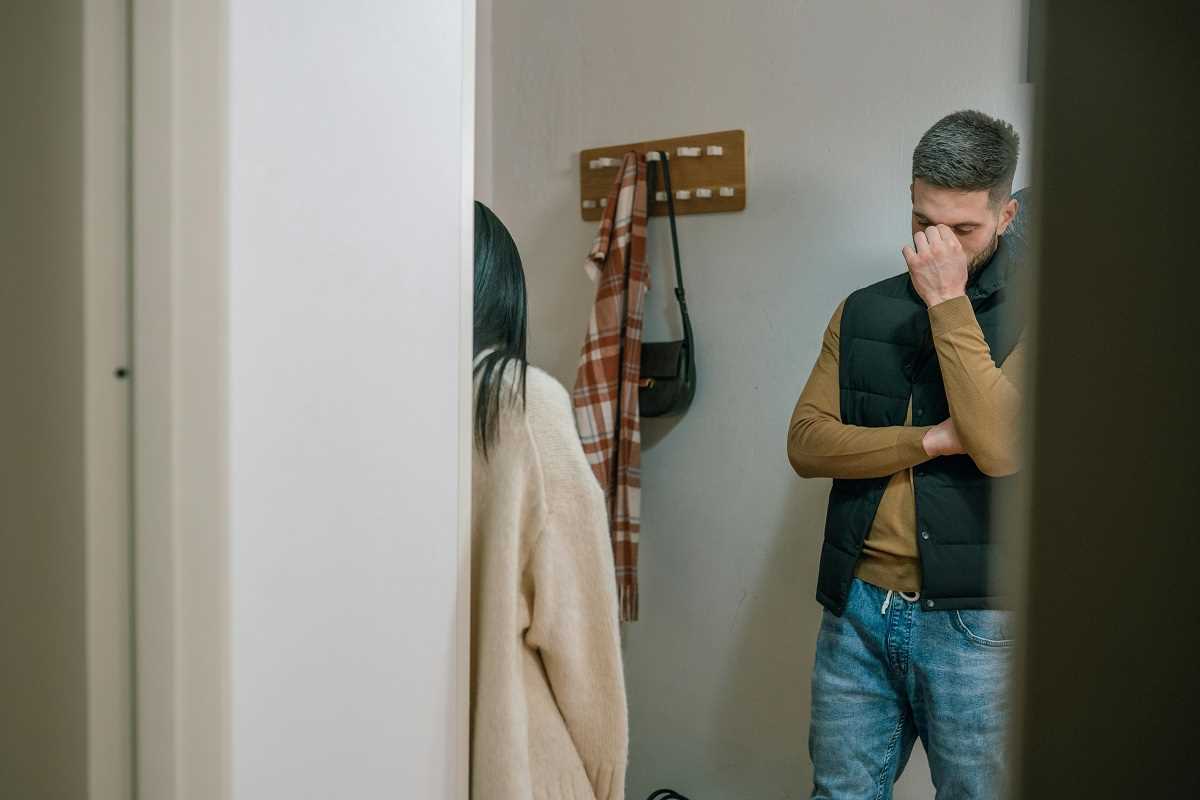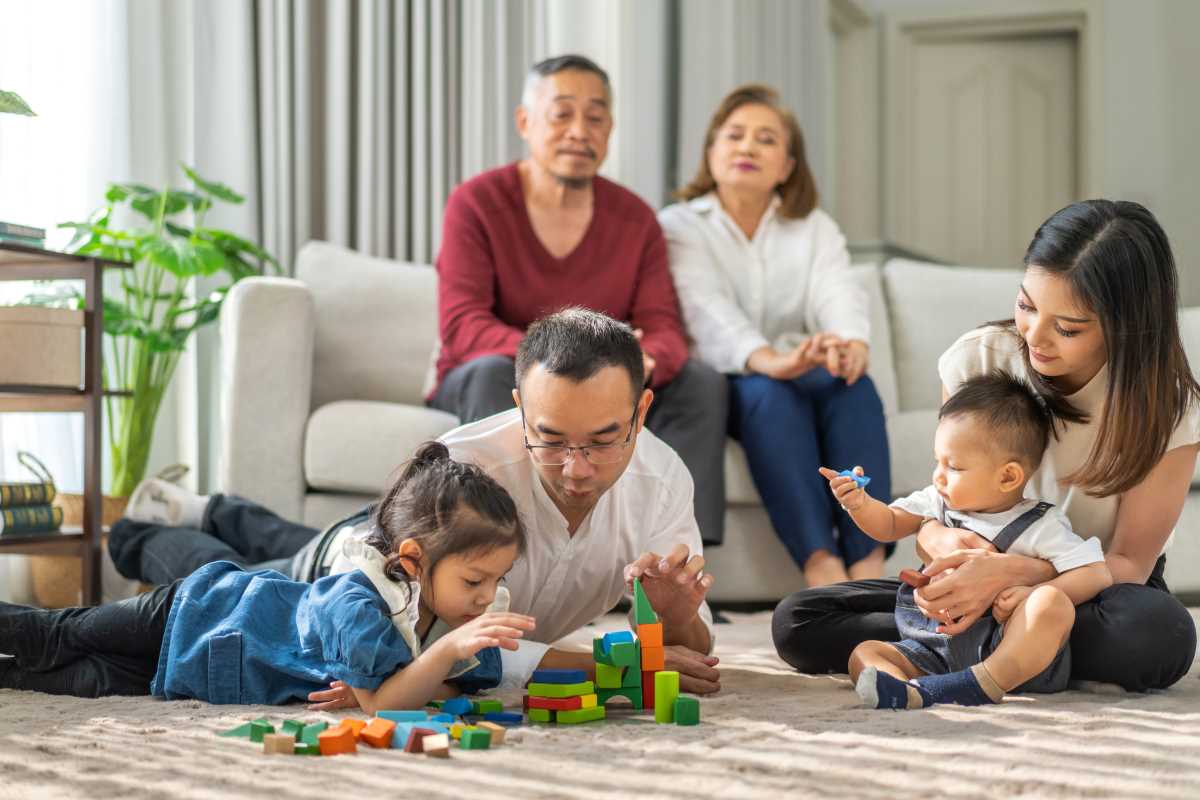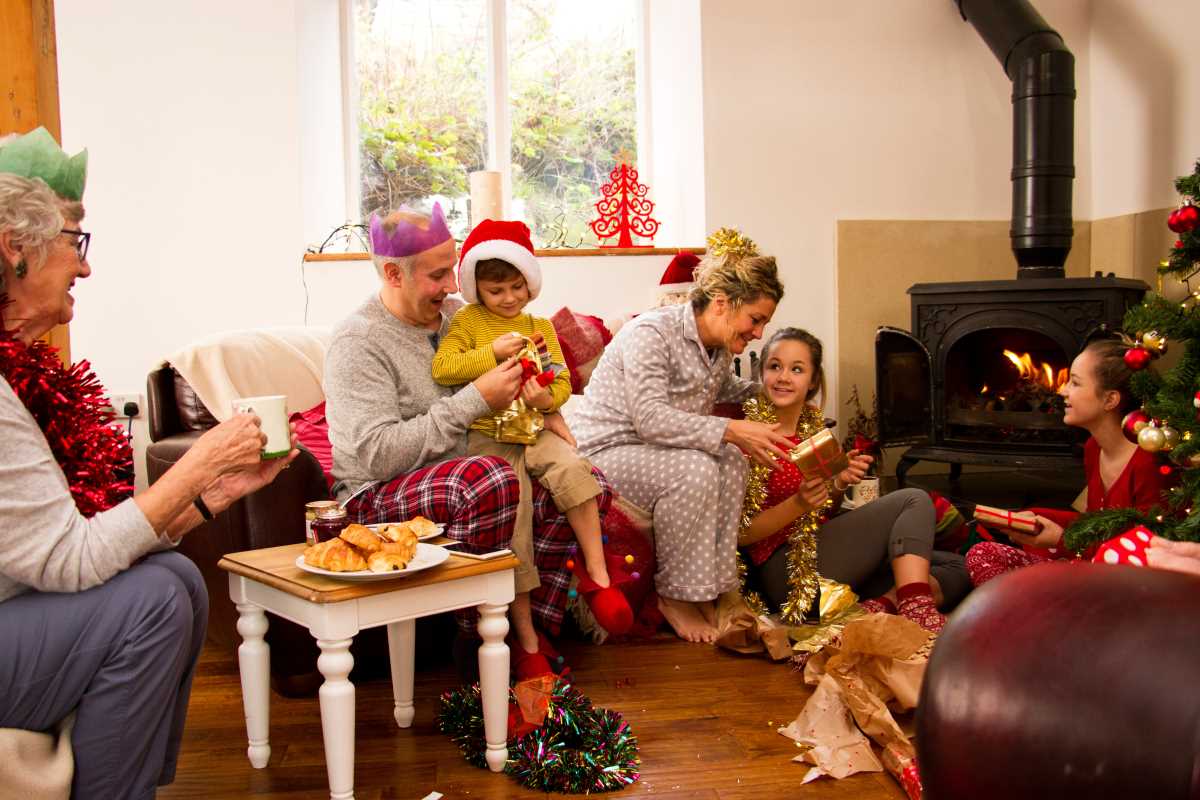Offering a sincere apology can heal wounded relationships and close the distance that disagreements often cause. When emotions surge during conflict, a heartfelt apology shows a willingness to take responsibility and recognize the pain someone else feels. By admitting mistakes and addressing hurt, you invite honest dialogue and create a space for meaningful connection. Apologies act as a bridge, helping people move past misunderstandings and restore trust. Through genuine words and thoughtful actions, it becomes possible to rebuild bonds and strengthen mutual respect, allowing both sides to move forward with greater understanding and empathy.
Real apologies go far beyond a simple "I'm sorry." They involve owning mistakes, expressing regret, and showing a commitment to change. Learning how to use apologies effectively can change the course of daily conflicts, helping everyone feel heard and valued. This understanding plays a crucial role when emotions are running high.
The Healing Power of a Sincere Apology
Sincere apologies remind us that we are human and that we all make mistakes. True remorse comes from the heart and can heal wounds. The strength lies not in surface-level words, but in showing through actions that we care about repairing relationships and building trust once again.
By admitting when we’re wrong, we create a space for honest discussion. This approach encourages others to mirror the same transparency, resulting in healthier interactions. Establishing a fair ground where all parties feel secure to voice their feelings helps foster lasting change and strengthens bonds over time.
Common Barriers That Prevent Meaningful Apologies
There are a few common challenges that might stop us from delivering honest apologies. Often, fear of vulnerability or being misunderstood holds us back. Many people worry that a heartfelt apology might be taken as a sign of weakness rather than strength.
- The worry that saying "I'm sorry" might lead to more criticism.
- A belief that apologizing means admitting complete fault, even when everyone plays a part.
- An ingrained habit of deflecting blame or minimizing our own role in a conflict.
- A tendency to stick to our defenses, believing that proving our point is more important than mending hurt.
Recognizing these barriers is the first step toward overcoming them. It takes honest reflection to understand that everyone has moments of miscommunication and that genuine remorse can foster a spirit of reconciliation.
Embracing vulnerability during moments of conflict may feel risky at first, but it lays the foundation for a more open and secure relationship in the long run. Dropping the mask allows real connection to grow beyond temporary disagreements.
Step-by-Step Guide to Offering a Healing Apology
Offering an apology that truly heals involves a thoughtful process. Each step helps communicate that the apology is more than just words—it is a commitment to improvement and understanding. Here is a clear set of steps to follow:
- Reflect on the Incident: Take time to understand your part in the conflict. Acknowledge your specific actions and how they may have hurt the other person.
- Express Genuine Regret: Use clear language to share remorse. State that you are sorry for the particular actions and the pain they caused.
- Take Responsibility: Avoid shifting blame. Own your actions fully and explain how you plan to avoid similar mistakes in the future.
- Listen and Understand: Give the other person a chance to share their perspective. This dialogue is key to ensuring that both sides feel heard.
- Follow Through with Change: Show commitment by changing behaviors. Let your actions, not just your words, prove that the apology was sincere.
These steps help create an environment where everyone feels valued and understood. A well-meant apology opens a channel for constructive dialogue, helping both sides work together to prevent similar issues from arising.
Following these guidelines ensures that apologies are not empty gestures, but rather stepping stones in rebuilding mutual respect and trust.
Communicating Effectively after disagreements
This stage is crucial. It’s one thing to apologize and another to communicate clearly once the conflict has cooled down. Effective communication can prevent the same issues from reoccurring. By examining how to talk constructively, the process shows how both parties can share their feelings and work on improving their interactions.
When discussions follow an apology, they become a chance to further clarify misunderstandings. The goal is to create a safe space where everyone can express themselves honestly, ensuring that no resentments simmer beneath the surface.
Modeling Apologies for Children
Children are keen observers. When they see adults offering heartfelt apologies, they learn that it’s okay to admit mistakes and take responsibility for them. This modeling teaches that genuine remorse is a strength, not a weakness. It also sets the stage for respectful and empathetic interactions in their own lives.
Sharing moments of accountability can help guide children on how to interact thoughtfully during disputes. It's a chance to show them that mistakes are natural, but it’s how we mend things that truly matters. Watching adults work through disagreements helps youngsters gather essential tools for managing conflicts in the future.
When Apologies Aren’t Enough: Rebuilding Trust
Sometimes, a heartfelt apology may need to be complemented by additional steps to genuinely repair a relationship. The process of regaining trust often requires both parties to actively engage and work through lingering feelings. Moving forward involves patience, understanding, and consistent behavior over time.
In these moments, offering a follow-up with sincere apologies remains essential. It is not about making grand gestures but consistently showing that you care and that you are committed to making things right. Trust rebuilds over time as both parties observe each other’s genuine efforts to improve communication and behavior.
Continuing to work together on trust means setting realistic expectations. It often involves conversations about what needs to change and checking in with one another regularly, creating a mutual commitment to growth and understanding.
Every sincere word and action supports healing. With time, these efforts help turn challenges into stronger connections.
 (Image via
(Image via





